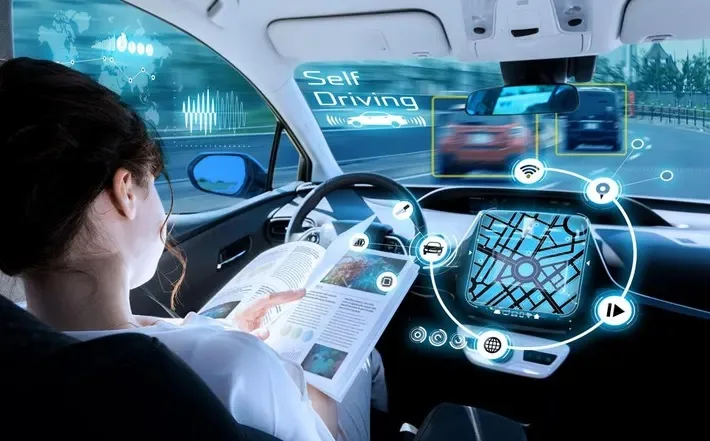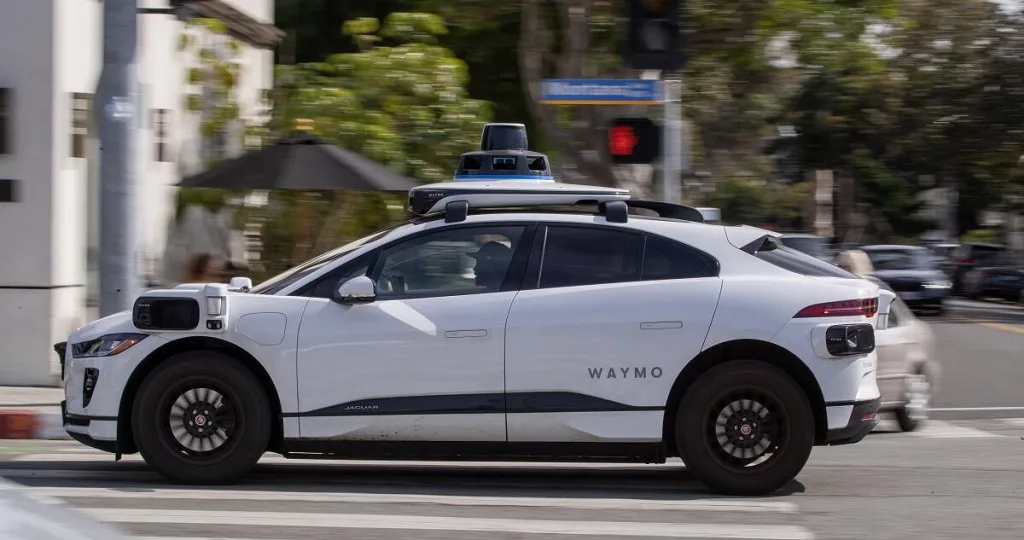Self-Driving Cars Technology Review

Self-driving cars, a marvel of modern engineering, are reshaping the future of transportation. This article delves into the evolution, design, applications, and future prospects of autonomous vehicles.
What Kind of Technology is This and When Did It Appear?
Self-driving cars, also known as autonomous vehicles (AVs), are equipped with advanced sensors, cameras, and artificial intelligence (AI) systems to navigate and operate without human intervention. The concept dates back to the 1920s with experiments in radio-controlled vehicles, but significant progress began in the 1980s with Carnegie Mellon University’s Navlab and the ALV (Autonomous Land Vehicle) project funded by DARPA. However, the true leap forward came in the early 21st century when companies like Google (now Waymo) started investing heavily in AV technology, leading to the development of cars capable of navigating complex urban environments without human input.
These vehicles use a combination of radar, lidar (light detection and ranging), GPS, and AI to create a 3D map of their surroundings and make real-time decisions. This technology has evolved from semi-autonomous systems, like advanced driver-assistance systems (ADAS), to fully autonomous vehicles capable of operating without any human intervention. The first significant milestone was the completion of a fully autonomous cross-country trip by a Stanford University team in 2005, which won the DARPA Grand Challenge.
How is it Designed and How it Works
The design of self-driving cars revolves around a suite of technologies working in concert to ensure safety and efficiency. At the core is the AI system, which processes vast amounts of data from various sensors to interpret the environment. Key components include sensors (such as cameras, radar, and lidar), GPS and inertial navigation systems, AI and machine learning algorithms, and control systems. These elements work together to sense the environment, predict possible future scenarios, and plan the safest route.
Self-driving cars operate by continuously analyzing their surroundings, predicting potential hazards, and making split-second decisions to ensure safety. The AI is trained using vast amounts of data, including simulations and real-world driving, to handle various scenarios, from simple lane changes to complex urban traffic situations. Redundancy is a critical aspect of their design, with multiple systems backing up each function to ensure reliability.
What Problems it is Designed to Solve
Autonomous vehicles aim to address several significant issues. Traffic safety is a primary concern, as human error accounts for the majority of traffic accidents. By eliminating human error, AVs have the potential to drastically reduce fatalities and injuries on the road. Traffic congestion is another problem that AVs can help mitigate. These vehicles can communicate with each other to optimize traffic flow, reducing congestion and improving travel times.
Additionally, AVs can enhance accessibility by providing mobility to individuals who are unable to drive, such as the elderly or disabled, thereby improving their independence and quality of life. Environmental impact is also a consideration, as optimized driving patterns and reduced congestion can lead to lower fuel consumption and emissions, benefiting the environment.
Furthermore, AVs can facilitate more efficient use of urban space by reducing the need for parking lots and enabling better use of shared vehicles, contributing to more sustainable urban development.
Where it is Already Used
Autonomous vehicles are already in use in various settings. In the realm of ride-hailing services, companies like Waymo and Cruise are deploying self-driving cars in cities like San Francisco and Phoenix, offering a glimpse into the future of urban transportation. The freight and logistics industry is also seeing the introduction of self-driving trucks for long-haul routes, with companies like TuSimple and Embark leading these initiatives.
Public transportation is another area where AVs are making an impact. Autonomous shuttles are being used in controlled environments like campuses, airports, and business parks to provide convenient and efficient transportation. In agriculture, self-driving tractors and harvesters are revolutionizing farming by automating tasks, increasing productivity, and reducing labor costs. These applications demonstrate the versatility of self-driving technology across different sectors, paving the way for broader adoption in the coming years.

Where Else it Can be Used
Beyond current applications, self-driving technology holds promise in several other areas. In healthcare, autonomous vehicles can be used for non-emergency medical transport, ensuring timely and reliable transportation for patients and medical supplies. Emergency services can also benefit from AVs, as they can provide rapid and safe transport for emergency personnel and equipment, potentially saving lives.
The retail and delivery sectors are another area where AVs can make a significant impact. Autonomous delivery robots and vehicles can enhance last-mile delivery services, improving efficiency and reducing costs for businesses and consumers. As technology advances, the potential applications of AVs will continue to expand, offering innovative solutions to various societal challenges.
Future Prospects
The future of self-driving cars looks promising, with several trends indicating continued growth and development. Technological advancements in AI, sensor technology, and computing power will enhance the capabilities and reliability of AVs, bringing fully autonomous vehicles closer to reality. Regulatory support is also increasing, with governments worldwide developing frameworks and regulations to support the safe deployment of AVs, facilitating their integration into public and commercial transportation systems.
The self-driving car market is projected to grow significantly, with increasing investments from both established automakers and tech companies driving innovation and competition. Ultimately, the widespread adoption of autonomous vehicles has the potential to transform transportation, making it safer, more efficient, and more accessible. As technology continues to evolve, self-driving cars will likely become an integral part of our daily lives, shaping the future of mobility.


